Types of Houses
Temporary Houses:
These types are houses are not very strong.
They can be moved from one place to another.
Tent:
It is a shelter made of a large sheet of canvas, nylon, etc.
It is supported by poles and ropes fixed on the ground.
It is used especially for camping.
Caravan:
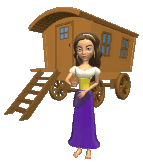
It is a road vehicle without an engine.
It is pulled by animals like horses or camels.
It is designed for people to live and sleep in.
It is used especially when people are on holiday or vacation.
Caravans are used by gypsies as their homes.
Igloo:
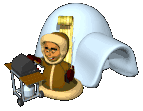
It is a small round house or shelter.
It is built from blocks of hard snow.
It is built by eskimos
It is built in cold areas like the North Pole.
Hut:
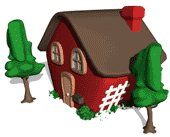
It is a small, simple building.
It usually has one room.
It is built with mud, straw, leaves and thatch.
Huts are usually found in villages.
House Boat:
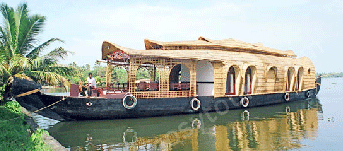
It is a boat that people can live in.
It is usually kept at a particular place on a river or canal.
They are like luxurious apartments.
Stilt House:
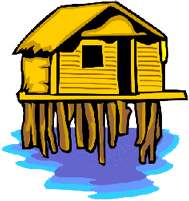
It is a raised house.
It is most commonly built above water.
It is supported by large stakes, known as piles.
Stilt houses are built as a protection against flooding and wild animals.
Permanent Houses:
These houses are built with bricks and cement.
They are very strong.
They are found mostly in towns and cities.
These houses are fixed and cannot be moved from one place to another.
Bungalow:
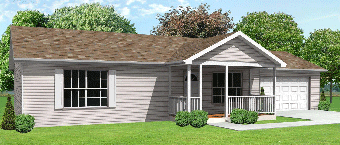
It is a house usually built all on one level.
This type of house usually has no stairs.
Flat:
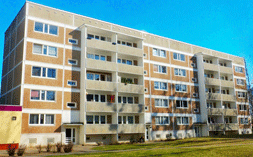
It is a set of rooms for living in.
It is usually on the same floor of a building.
Castle:
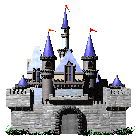
It is a large strong building.
It has thick walls and towers.
It used to be built in the past by kings or queens.
It used to be built to defend them against attack.